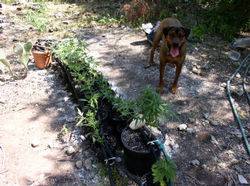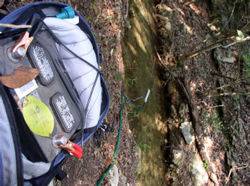I don't think it would be likely that a animal would try to dig into a rez to steal water, but who knows?
Garbage cans were my first resivours, and I will be using them again. By far the best "small" resivour is a large plastic barrel. They come in 50 or 55 US gallons in my country, and are often originally used to ship Fruit juice and other foods. They are probably not in danger from chewing pests, and are pretty light to haul around considering how much they hold.
My next favorite would be 55 gallon steel drums, but they are often used for dangerous chemicals, and are prone to rusting if not carefully painted or lined on the inside. Plus they are kinda heavy, but they can be quite cheep, $10-20 typically. Once one is cleaned, painted and in place, they could last for years.
Bladders are a great thing, and would be very ideal overall, except the price scares me away everytime.
Garbage cans were my first resivours, and I will be using them again. By far the best "small" resivour is a large plastic barrel. They come in 50 or 55 US gallons in my country, and are often originally used to ship Fruit juice and other foods. They are probably not in danger from chewing pests, and are pretty light to haul around considering how much they hold.
My next favorite would be 55 gallon steel drums, but they are often used for dangerous chemicals, and are prone to rusting if not carefully painted or lined on the inside. Plus they are kinda heavy, but they can be quite cheep, $10-20 typically. Once one is cleaned, painted and in place, they could last for years.
Bladders are a great thing, and would be very ideal overall, except the price scares me away everytime.




 My plots are fairly similar to your's Backcountry. I find spots fairly close (a few hundred yards) to seasonal creeks/streams and set up my kit.
My plots are fairly similar to your's Backcountry. I find spots fairly close (a few hundred yards) to seasonal creeks/streams and set up my kit.


